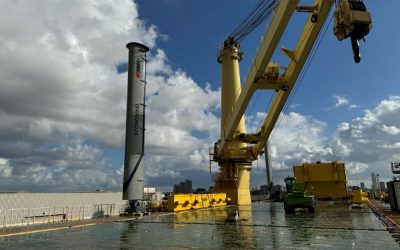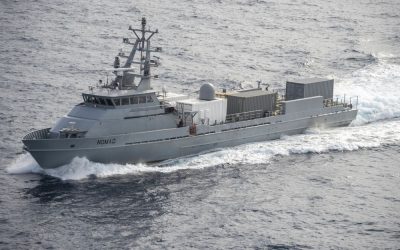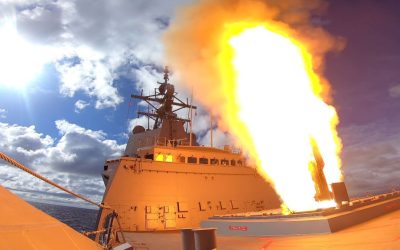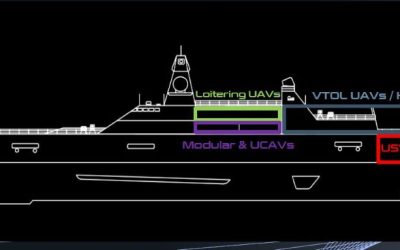[vc_row type=”in_container” full_screen_row_position=”middle” column_margin=”default” column_direction=”default” column_direction_tablet=”default” column_direction_phone=”default” scene_position=”center” text_color=”dark” text_align=”left” row_border_radius=”none” row_border_radius_applies=”bg” overflow=”visible” overlay_strength=”0.3″ gradient_direction=”left_to_right” shape_divider_position=”bottom” bg_image_animation=”none”][vc_column column_padding=”no-extra-padding” column_padding_tablet=”inherit” column_padding_phone=”inherit” column_padding_position=”all” column_element_spacing=”default” background_color_opacity=”1″ background_hover_color_opacity=”1″ column_shadow=”none” column_border_radius=”none” column_link_target=”_self” column_position=”default” gradient_direction=”left_to_right” overlay_strength=”0.3″ width=”1/1″ tablet_width_inherit=”default” tablet_text_alignment=”default” phone_text_alignment=”default” animation_type=”default” bg_image_animation=”none” border_type=”simple” column_border_width=”none” column_border_style=”solid”][vc_column_text]The challenges of autonomous technology in marine and defence applications require innovation in rule development says Domenic Carlucci, ABS vice president and chief technology director.
The past few years been eventful for the development of autonomous marine technology, with much progress made both commercially and in defence applications. Ongoing projects trialling autonomous technology have advanced and new collaborations between stakeholders have made significant progress.
As the industry endeavours to craft regulations and requirements for autonomous vessel design and operations, ABS has proposed a goal-based framework based on the intent of the requirements contained in current conventional regulations. This leverages the wealth of experience which formed the basis of these regulations.
The class society notes that introduction of novel technologies using autonomous functionality requires a qualification process of verification and validation of the technologies themselves, as well as their lifecycle reliability, including their behaviour and performance as integrated with more traditional marine equipment or systems.
In addition, to support the acquisition process, the reliability qualification must be applicable at all levels of application, from equipment up through a system level, and ultimately to a vessel level. The goal of such an approach is to standardise a qualification process focused on improved reliability rather than simply achieve a specified target value. The over-arching goal is for functions to be designed, constructed, operated and maintained for the mission safely, reliably and predictably.
Depending on the nature and characteristics of the function, it can be classified as either ‘Smart,’ ‘Semi-Autonomous’ or ‘Autonomous.’ Requirements for smart functions are contained in the ABS Guide for Smart Functions for Marine Vessels and Offshore Units, whereas semi-autonomous and autonomous functions will comply with the requirements set forth in the ABS Guide for Autonomous and Remote Control Functions.
To enable the safe adoption of naval vessel autonomous technology to actual operations, regulations being planned for autonomous vessel design and operations will have to address these issues before the process can evolve to the next stage, ABS believes.[/vc_column_text][/vc_column][/vc_row]




